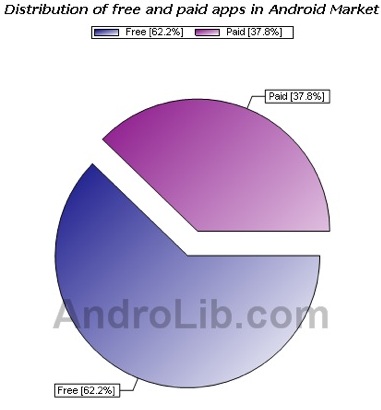Noam Cohen has a great piece in The New York Times today, In Allowing Ad Blockers, a Test for Google, explaining how Google’s decision about allowing ad blocking extensions for the new beta version of its Chrome browser puts Google’s much-ballyhooed talk about openness to the test. So far, Google is passing, with two such extensions (AdThwart & AdBlock) available in Chrome’s extensions gallery. With a combined 130,000+ users, these tools seem destined to be as popular among chrome users as AdBlock Plus has been among Firefox users: nearly 67,000,000 downloads and, according to the Times piece, 7+million active users.
Google has taken a sanguine attitude towards the issue, perhaps because as Adblock Plus creator Wladimir Palant notes, “Ad blockers are still used by a tiny proportion of the Internet population, and these aren’t the kind of people susceptible to ads anyway.” (In other words, the users most likely to download an ad blocking extensions, are likely to be more “ad-blind” and less likely to click on ads anyway.) Google’s director of engineering has noted how cautiously Google weighed its decision to allow ad-blocking programs “because Google makes all of its money from advertising.” But in the end, as the Times notes:
[H]e explained that the prevailing thinking was that “it’s unlikely ad blockers are going to get to the level where they imperil the advertising market, because if advertising is so annoying that a large segment of the population wants to block it, then advertising should get less annoying.”
“So I think the market will sort this out,” he said. “At least that is the bet we made when we opened the extension gallery and didn’t have any policy against ad-blockers.”
Michael Gundlach, creator of the AdBlock extension for Chrome (no direct connection to Palant’s AdBlock plus for Firefox, despite the similar names),
who once worked for Google in Ireland helping to ensure that ads kept appearing on Web sites, says he does not fear for media companies that increasingly rely on online ad revenue. Sounding like a firm believer of Mr. Rosenberg’s embrace-the-chaos manifesto, Mr. Gundlach said a brighter day would emerge from the challenge of ad blockers.
Extensions like his, he said, will make “every one else change their ways, to make ads more useful. Everyone wins, that’s competition. The ideal result would be to retire this extension because the entire Web was covered with ads that people loved and no one wanted to block them.”
What is this but a call for more relevant and less annoying web ads? Ironically, of course, personalized advertising is currently under attack on all fronts, and some experts have asserted that users don’t really want ads tailored to their interests—or, for that matter, news or discounts, either—on the basis of highly questionable opinion polls, as I’ve described. Continue reading →



 The Technology Liberation Front is the tech policy blog dedicated to keeping politicians' hands off the 'net and everything else related to technology.
The Technology Liberation Front is the tech policy blog dedicated to keeping politicians' hands off the 'net and everything else related to technology.